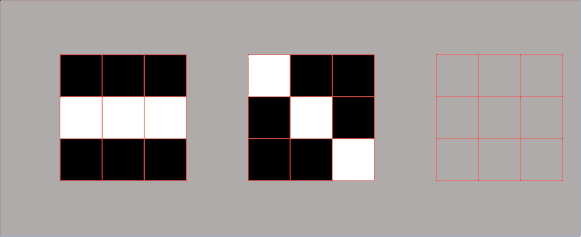#012A Building a Deep Neural Network
Building blocks of a Deep Neural Network In this post we will see what are the building blocks of a Deep Neural Network. We will pick one layer, for example layer \(l \) of a deep neural network and we will focus on computatons for that layer. For layer \(l \) we have parameters \(\textbf{W}^{[l]} \) and . Calculation of the forward pass for layer we get as we input activations from the previous layer…
Read more




